Evening Primrose Oil has the reputation of a magic, cure-all substance, with nutritionists, beauty experts and home remedy specialists singing its praises. However, in order to fully reap the benefits of the oil, it’s important to know how it works, what its uses are and how to take it.
What is it?
A biennial plant, it’s called Evening Primrose because its flowers open at sunset instead of sunrise. Although native to North America, it is found across the world and it has been used for medicinal and wellbeing purposes for centuries.
Native Americans used the leaves and bark of the evening primrose plant to treat stomach problems and sore throats, applied the juices derived from its stem and leaves as topical remedies for skin inflammations, and made poultices from the plant to soothe and treat bruises and wounds. In Europe, evening primrose was renowned as a medicinal plant, which earned it the nickname “King’s Cure-All.”
Today, Evening Primrose Oil (EPO), extracted from its seeds, is prized because it contains important polyunsaturated omega-6 fatty acids – gamma linolenic acid (GLA) and linolenic acid (LA). Your body turns LA into GLA, which is thought to be instrumental in maintaining brain function, keeping your bones and joints healthy, regulating your metabolism and contributing to reproductive health. It is also vital for stimulating skin and hair growth.

Benefits
While overall studies are inconclusive about what exactly Evening Primrose Oil does for the body, anecdotal evidence and smaller studies have suggested that it can provide a wealth of benefits:
Eases menopause symptoms –
EPO has long been taken by women approaching the menopause to minimise the impact of hot flashes. A 2013 study (1) showed that many participants found the severity, length and frequency of hot flashes was reduced after taking evening primrose oil, as well as reporting an improvement in overall wellbeing, relationships, and sexuality.
Helps treat dry skin conditions –
many people take EPO to relieve the symptoms of certain skin conditions like eczema and dermatitis. The European Medicines Agency has approved EPO for use to treat long and short-term skin conditions (2), but this is based on its traditional use and not any strong scientific evidence produced through clinical trials. However, studies have shown that GLA is effective at preventing dry and itchy skin caused by dry skin conditions and mild atopic dermatitis (3), so the high GLA content of EPO means it can be beneficial.
Improves acne –
as an inflammation of the skin, acne can be treated with EPO thanks again to its GLA content. It is believed that the GLA can reduce inflammation and minimise scarring, and though evidence via scientific study is thin on the ground, anecdotal evidence suggests this to be true.
Helps arthritis –
GLA has been proven to work towards the maintenance of joint function, and can help to ease morning stiffness of joints in arthritis sufferers (5). Your body makes GLA into hormone-like substances called prostaglandins which work to reduce inflammation in joints. While conclusive evidence that EPO can aid with rheumatoid arthritis in any long term way is still to be gathered, some evidence exists that it can help to ease joint stiffness when taken alongside your normal treatment.
Improves overall skin health –
According to a 2003 study (4), taking EPO capsules for 12 weeks or more can help to improve the skin’s elasticity, firmness, moisture, fatigue resistance and roughness. Researchers concluded that this was because GLA is an essential fatty acid for the skin, but the skin cannot produce GLA on its own. Therefore, adding GLA rich evening primrose oil as a supplement to the diet can help the skin to achieve its optimal structure and function.

Relieves PMS –
The Royal College of Obstetricians and Gynaecologists states that EPO can be effective in reducing the severity of breast tenderness (6), and many women find that it helps ease other premenstrual syndrome symptoms like water retention and low mood.
How to take it
In general, Evening Primrose Oil is taken:
- orally as a capsule; or
- topically as a serum or in its oil form.
Depending on why you’re taking EPO, the method you use differs. For most causes, swallowing a capsule is the most effective method of administering it. The amount you should take varies on your body’s reaction to it, so it’s always advisable to take the minimum dosage to affect your symptoms, and we’d always advise you talk to your healthcare professional if you’re planning on taking EPO alongside medication for existing conditions.
For skin conditions like acne or eczema, serums and oils containing EPO can be applied topically to the affected area.
While evening primrose oil isn’t quite the cure-all of medieval Europe, its benefits to the skin, joints, and hormonal balance mean it deserves a place in your nutrition and skincare regimen.
For luxurious products featuring evening primrose oil, take a look at our menosupport supplement blend, and our illuminating avocado serum). For expert advice on supplements and skincare speak to our experienced nutritionists.
References:
- https://pubmed.ncbi.nlm.nih.gov/23625331/
- https://www.ema.europa.eu/en/documents/herbal-summary/evening-primrose-oil-summary-public_en.pdf
- https://pubmed.ncbi.nlm.nih.gov/22123240/
- https://www.versusarthritis.org/about-arthritis/complementary-and-alternative-treatments/types-of-complementary-treatments/evening-primrose-oil/
- https://www.rcog.org.uk/globalassets/documents/guidelines/gt48managementpremensturalsyndrome.pdf

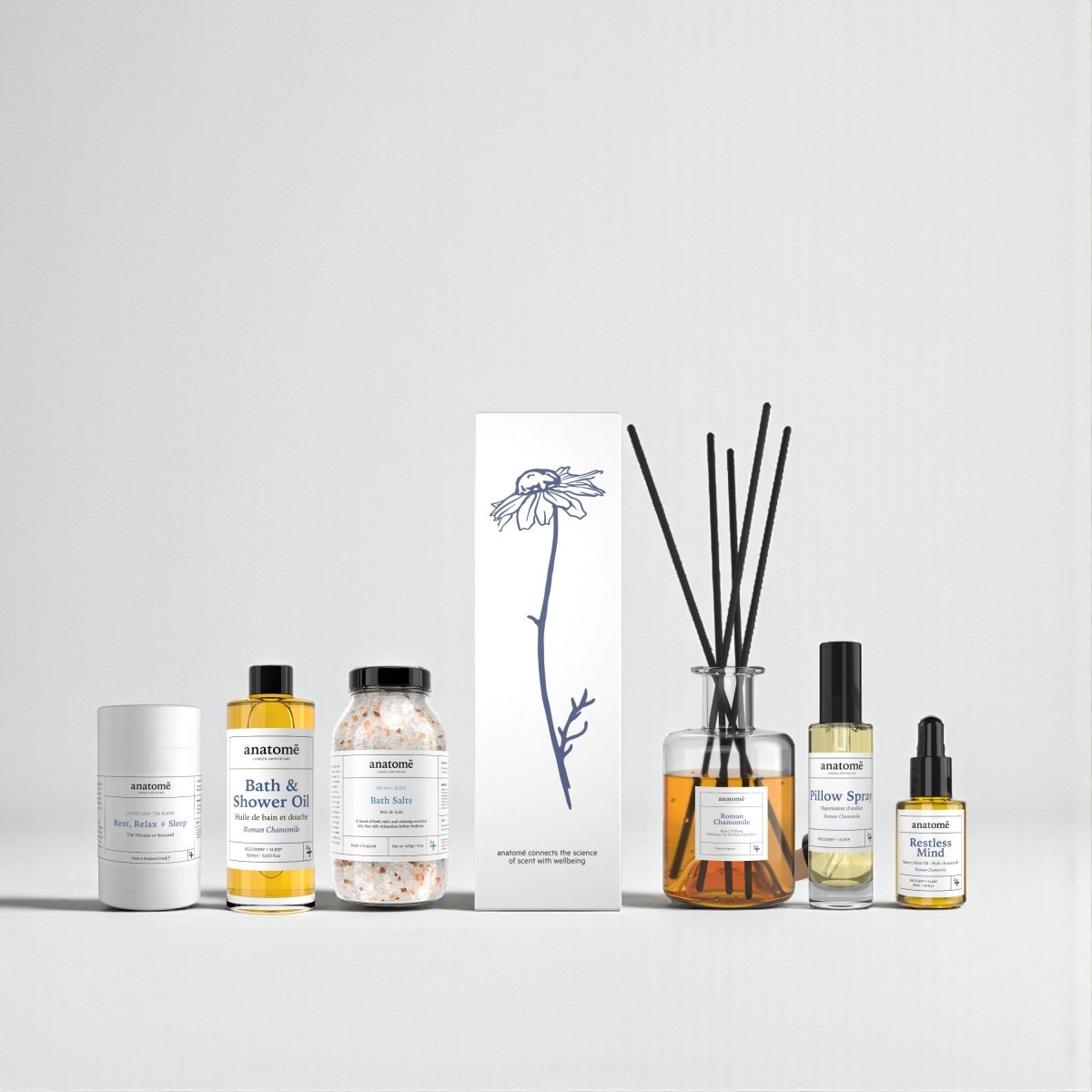

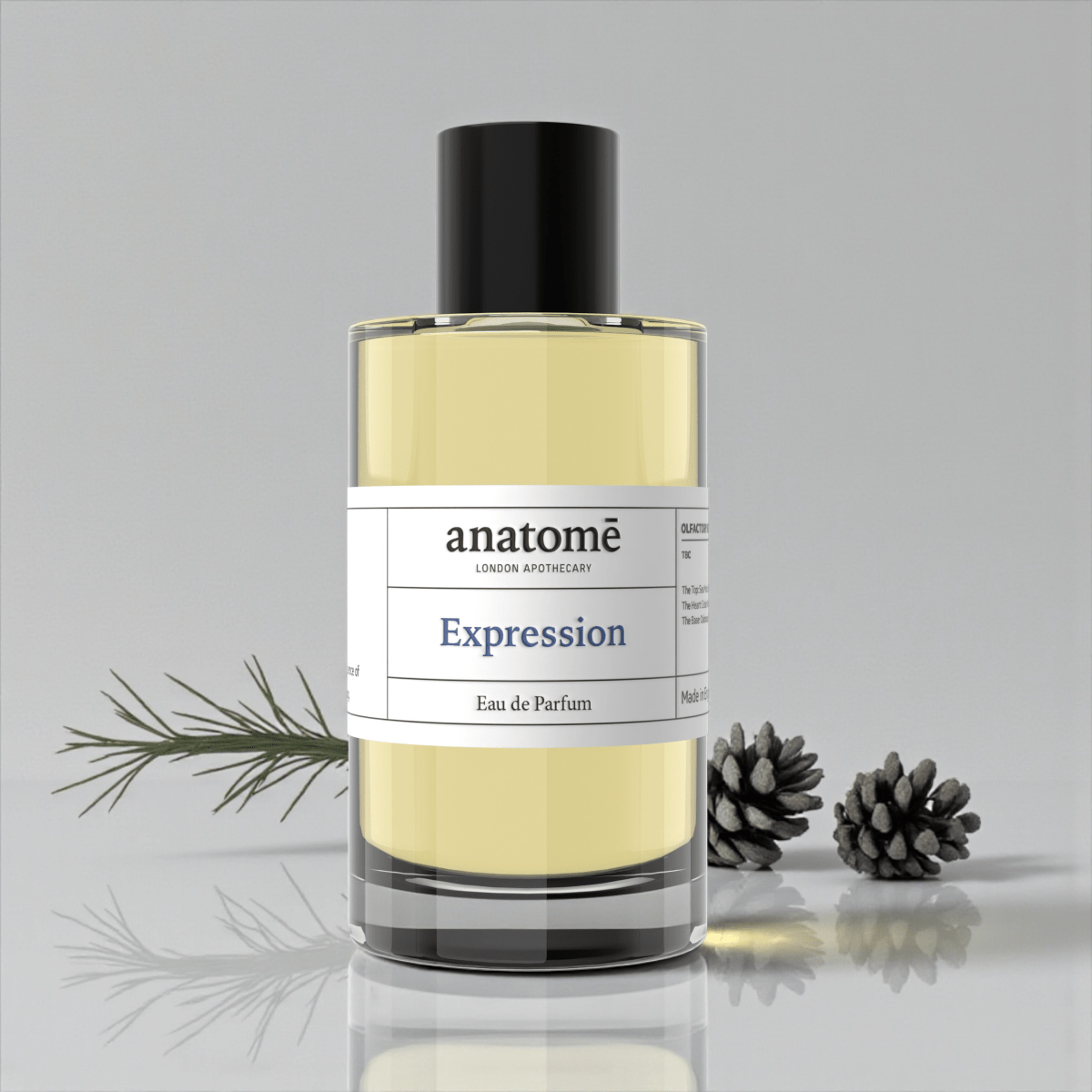

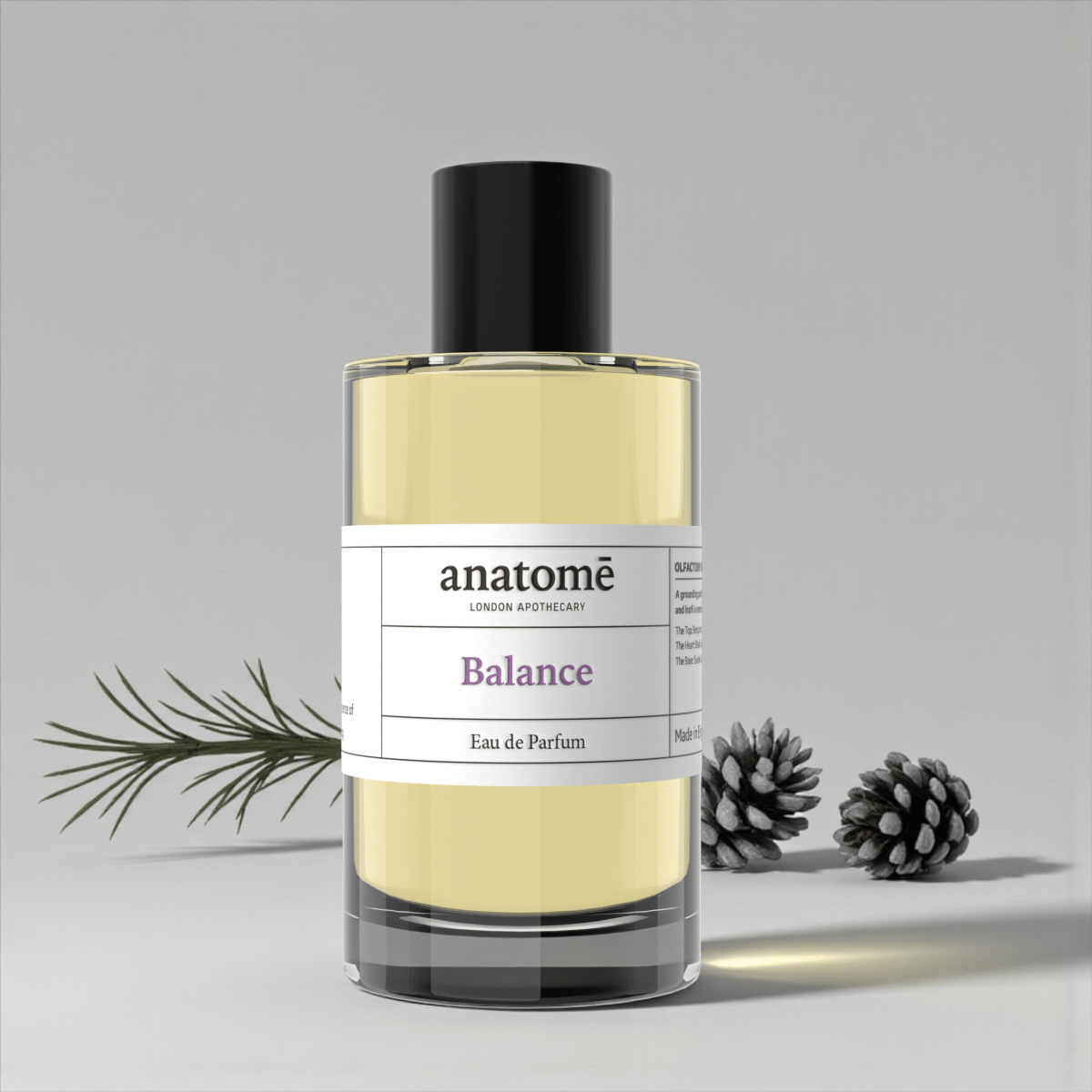

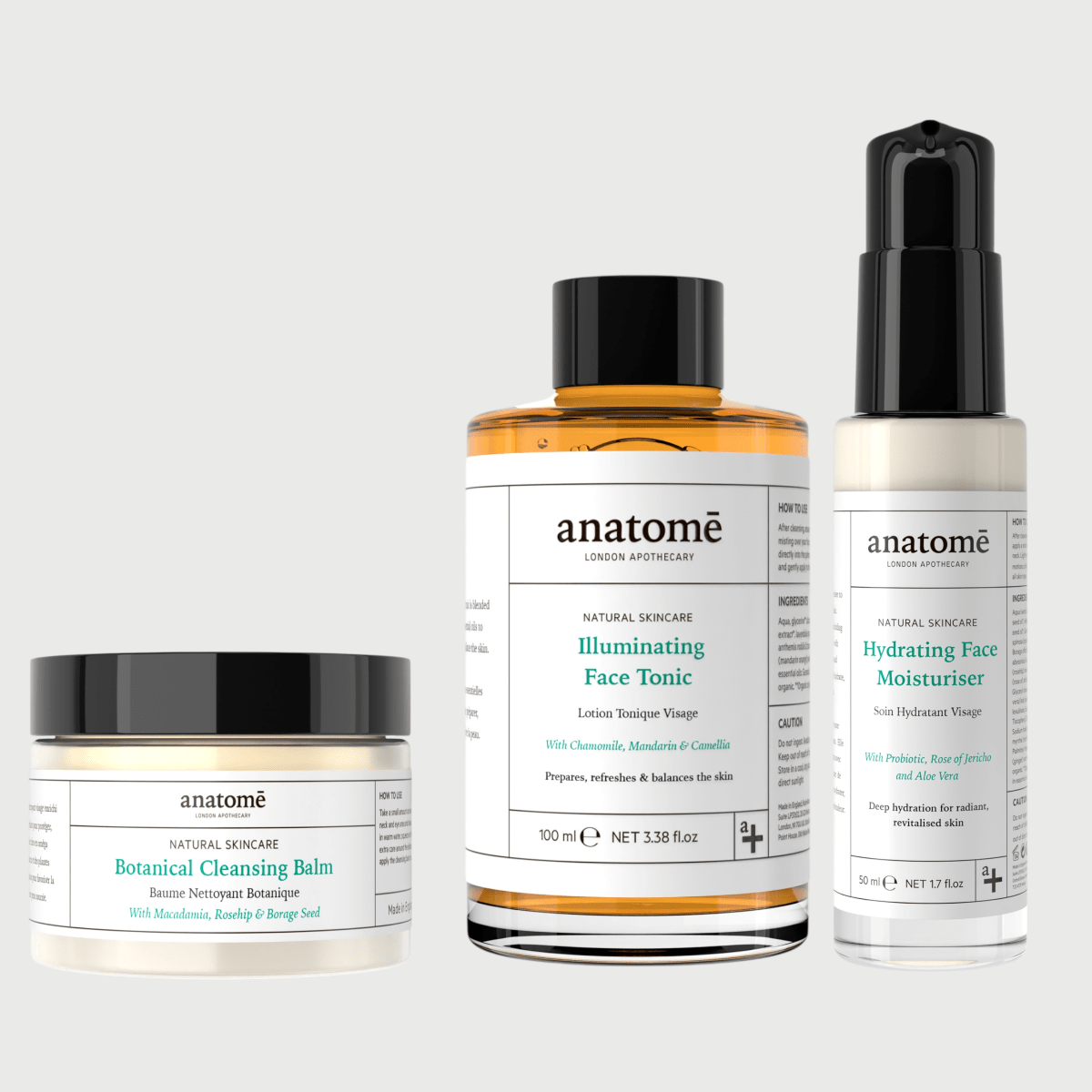
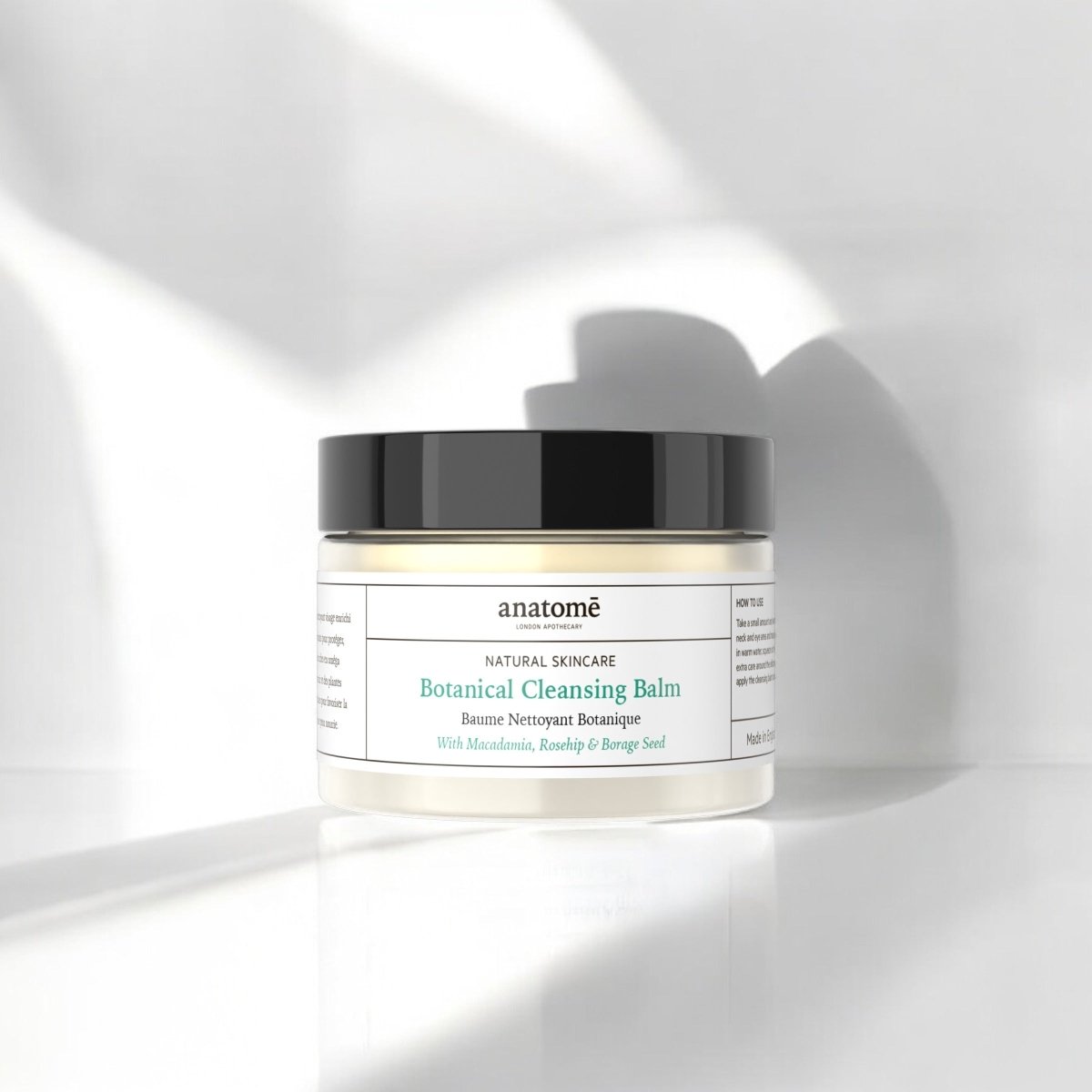
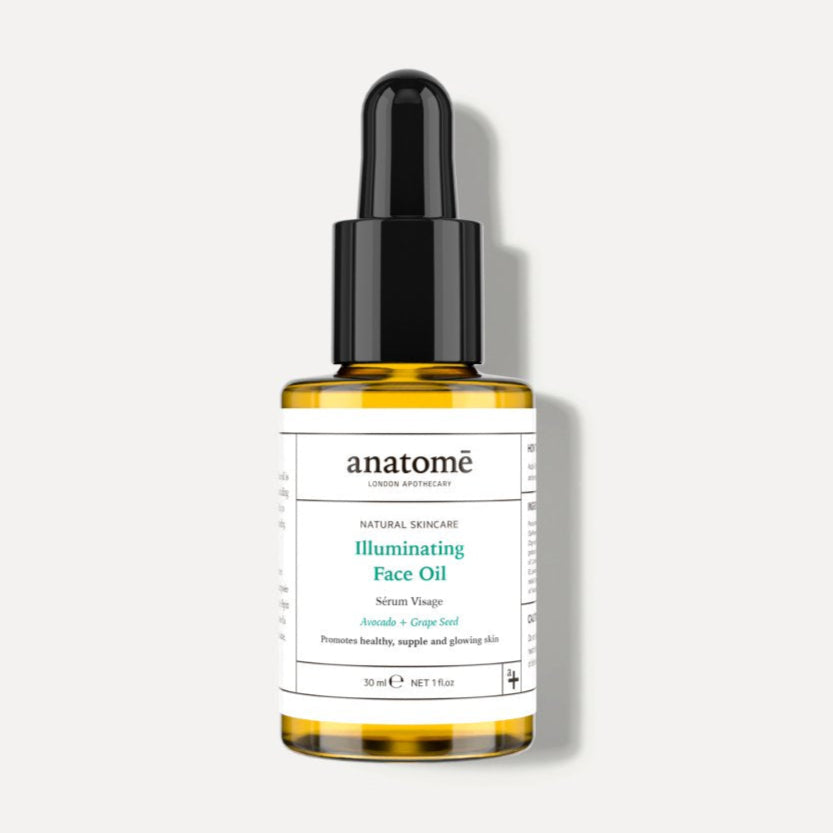
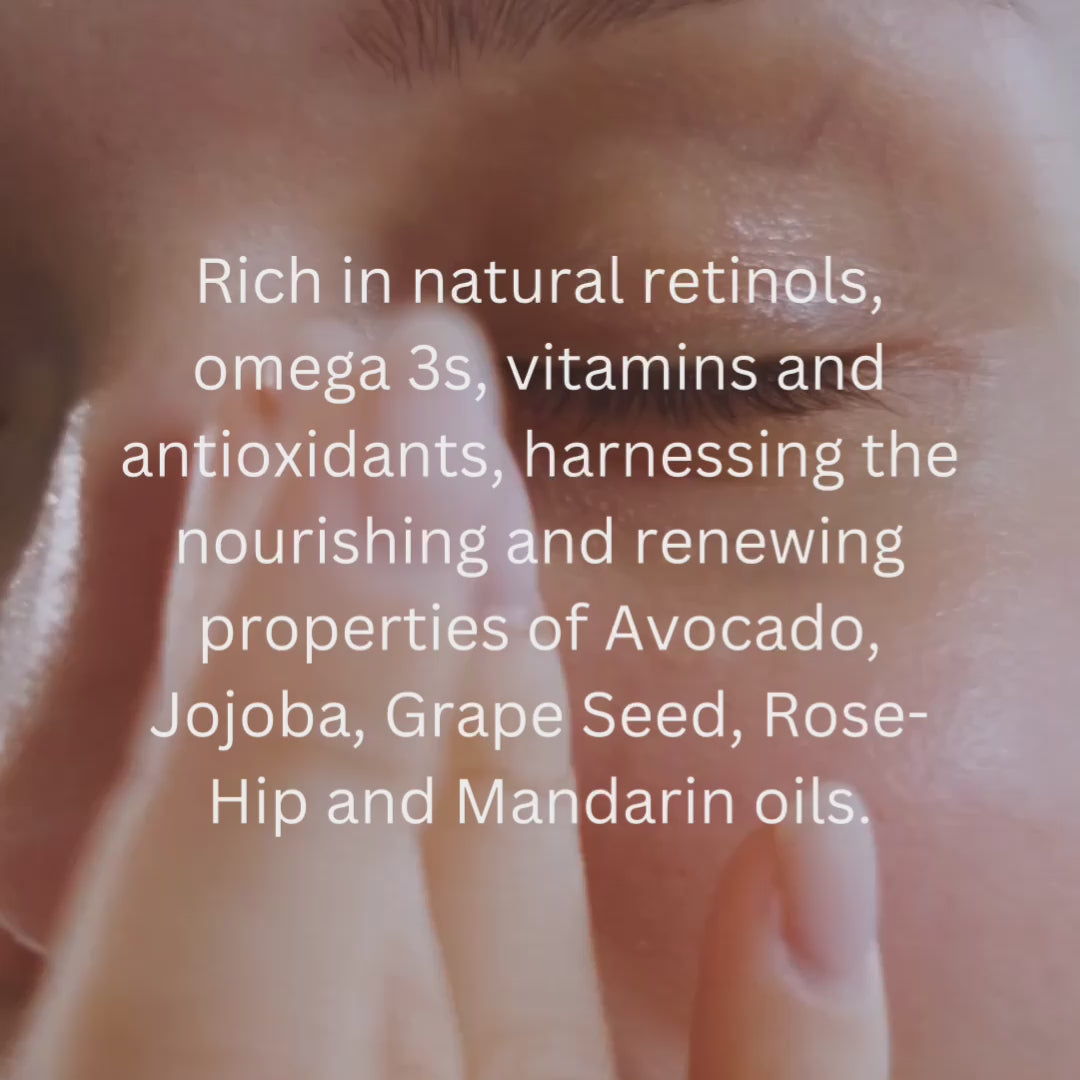
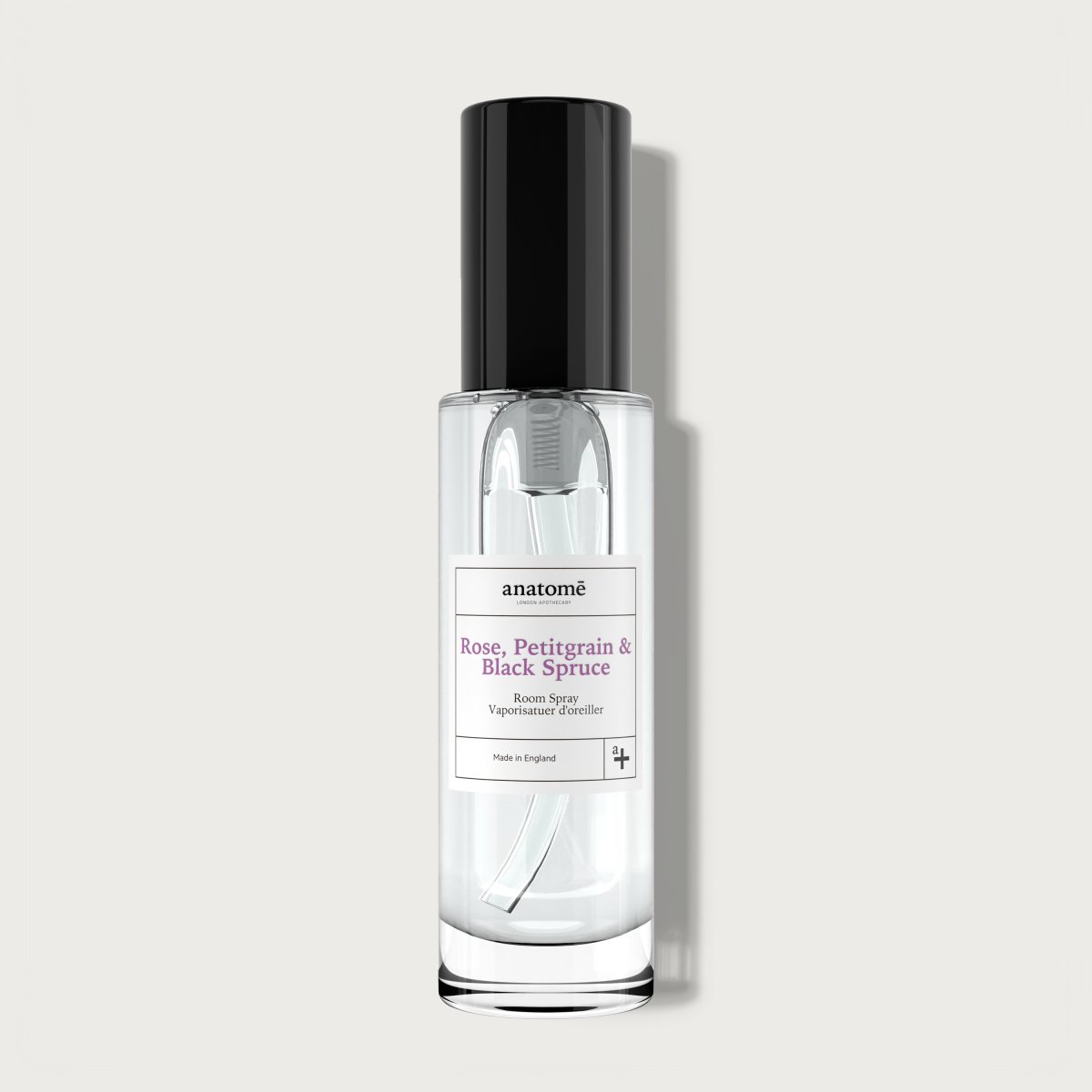

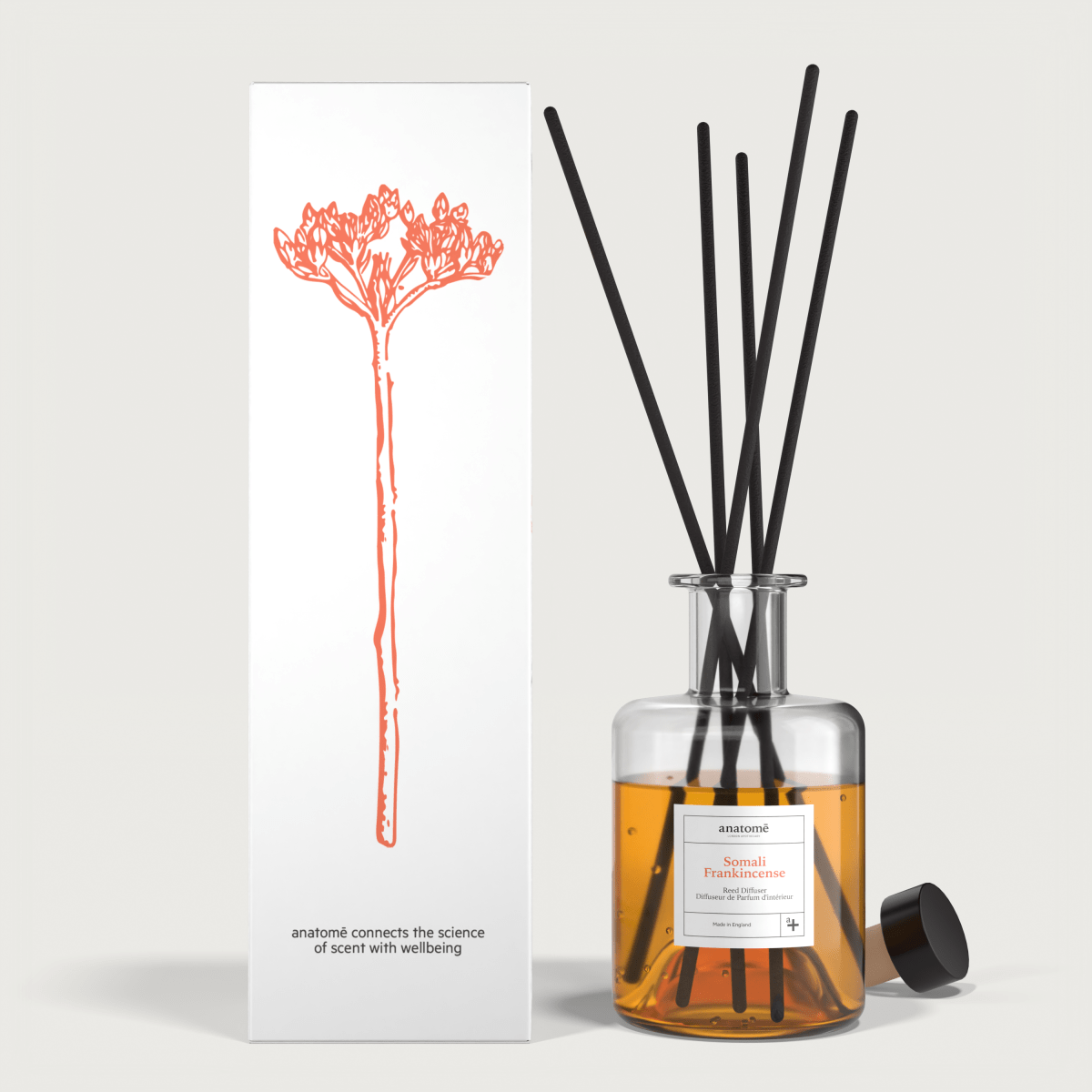
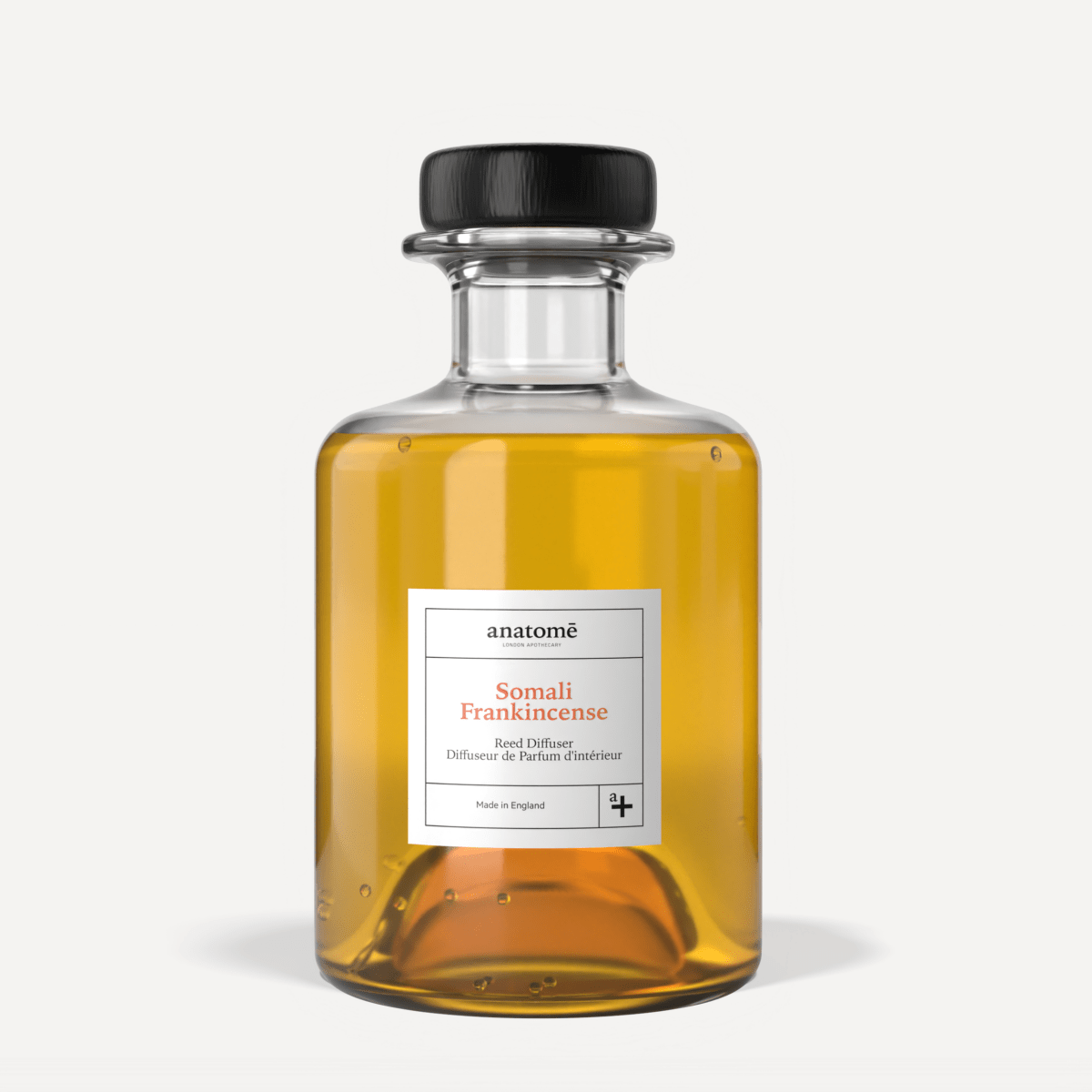
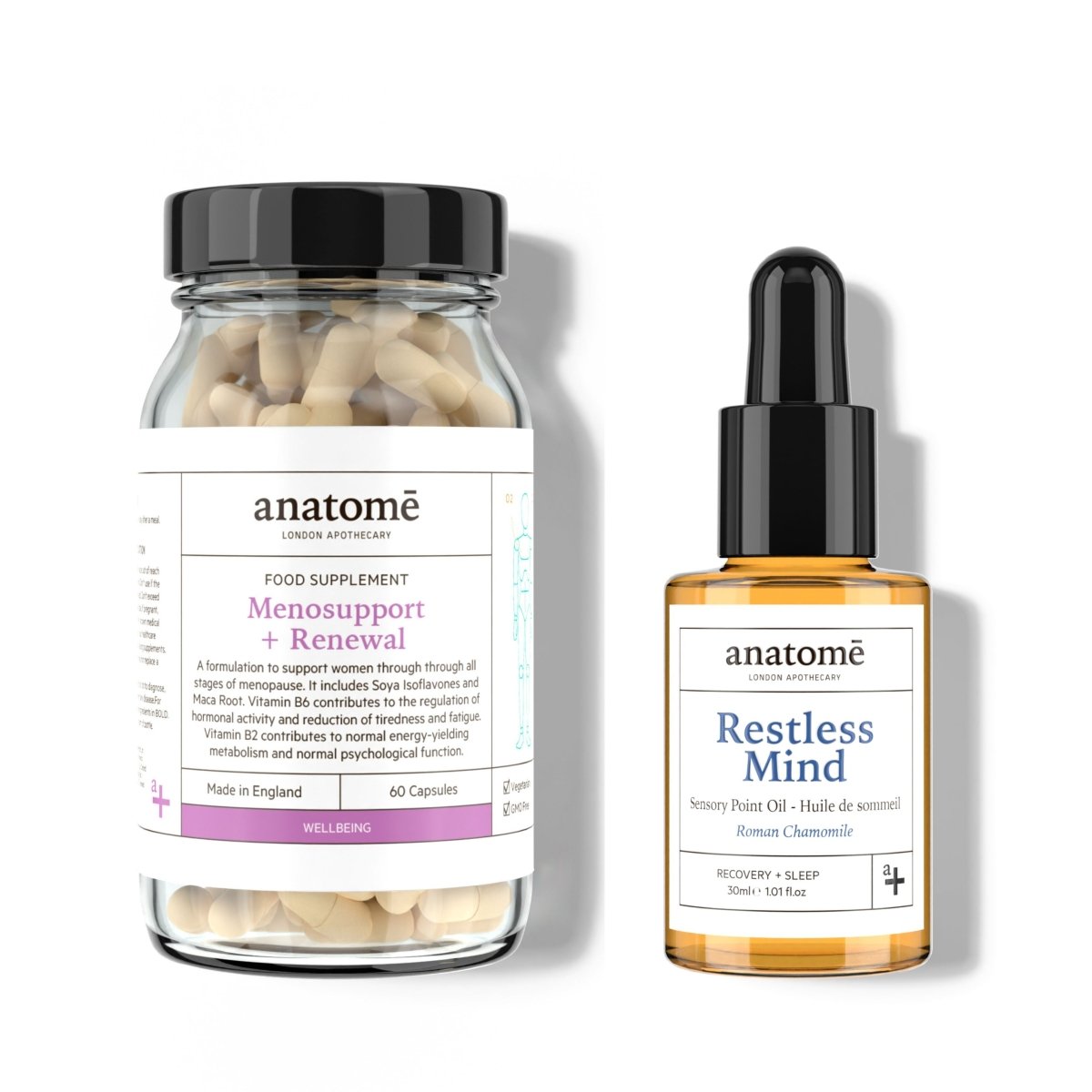
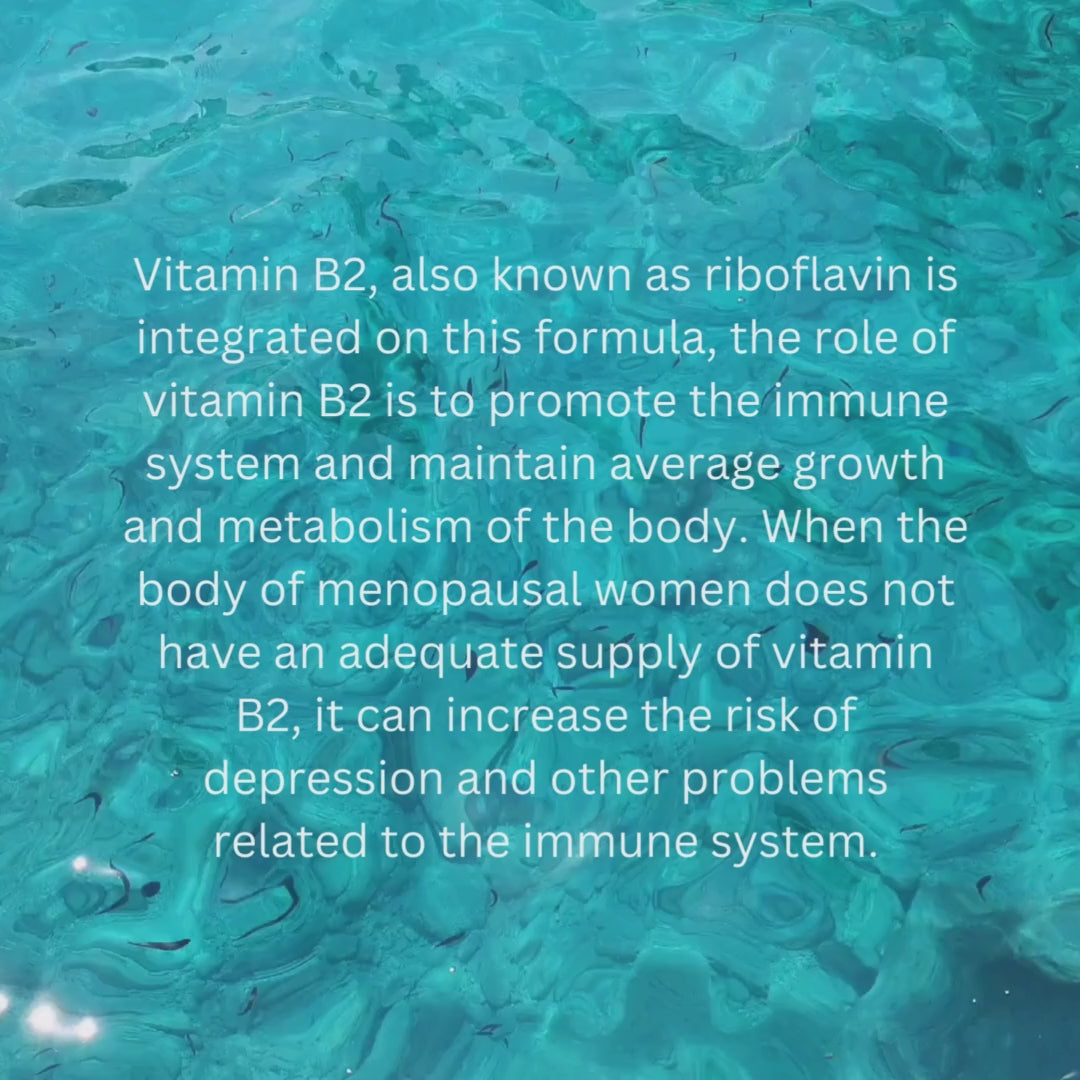

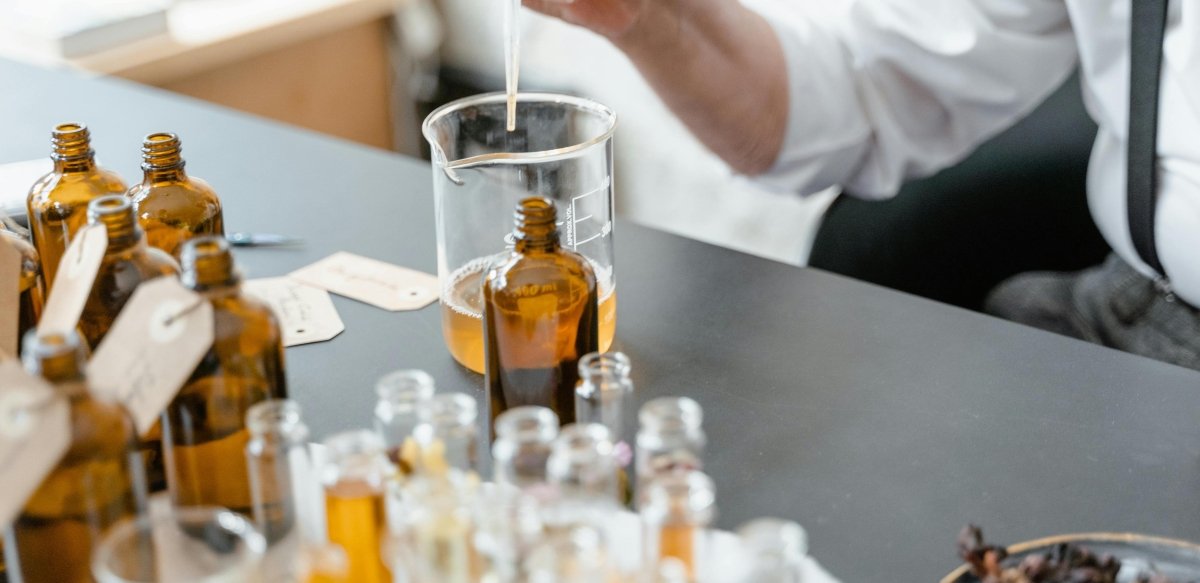



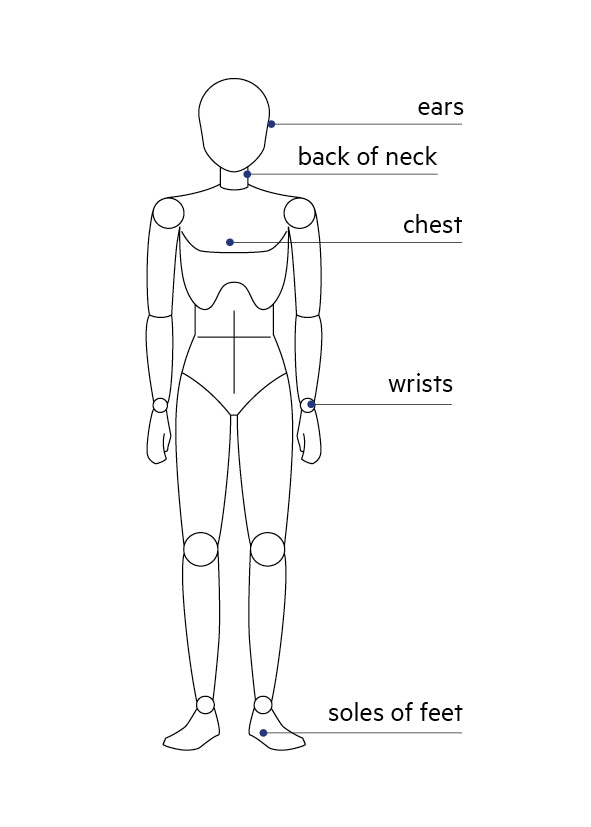



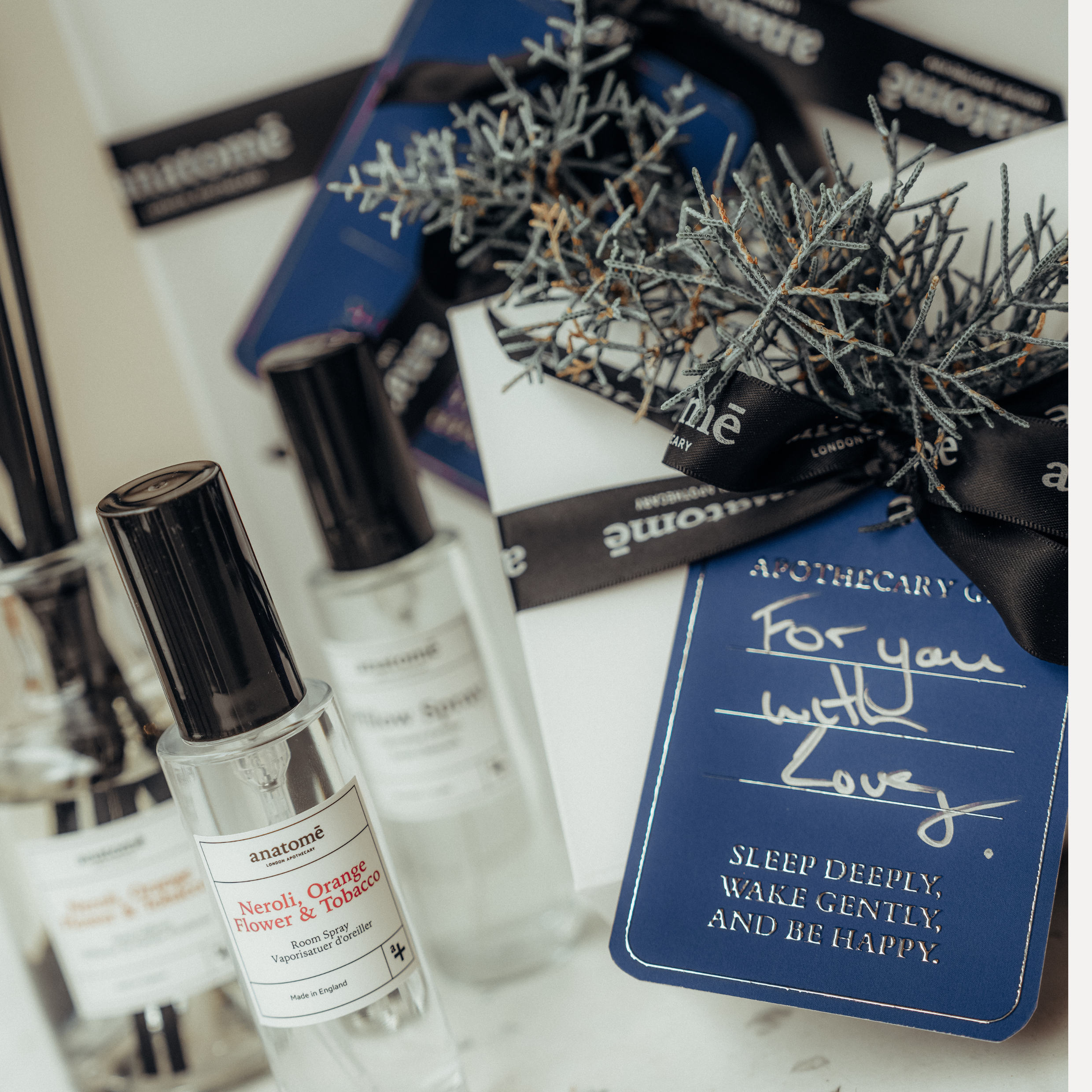
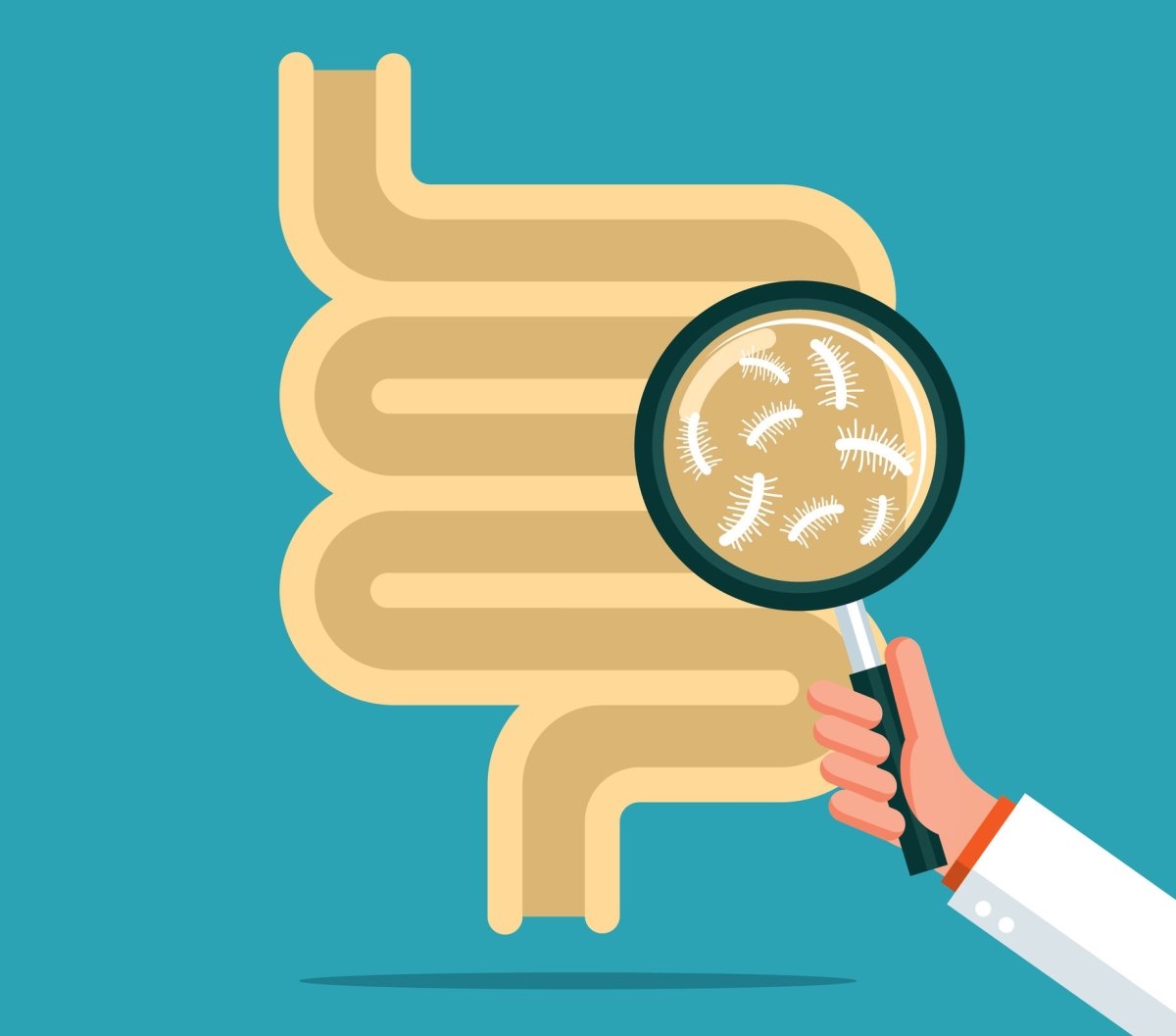
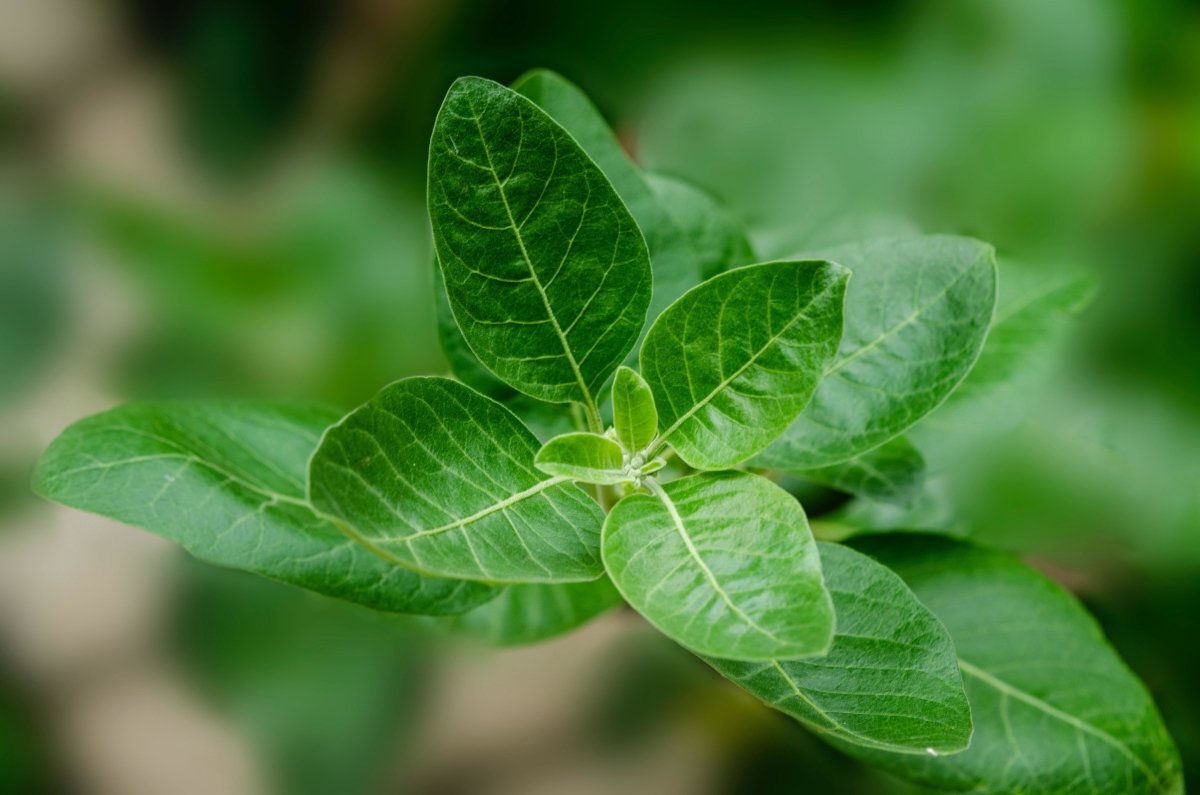
Leave a comment